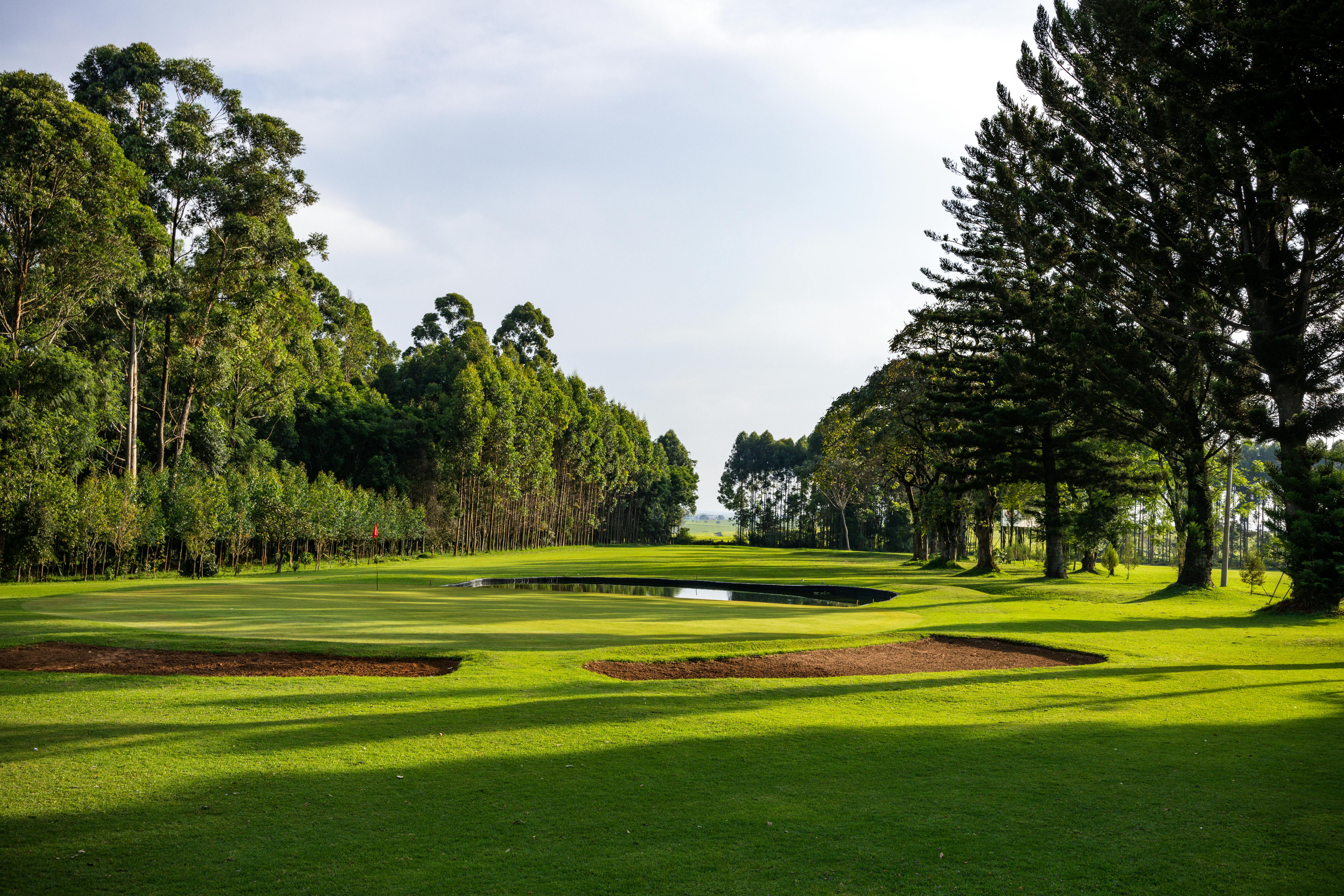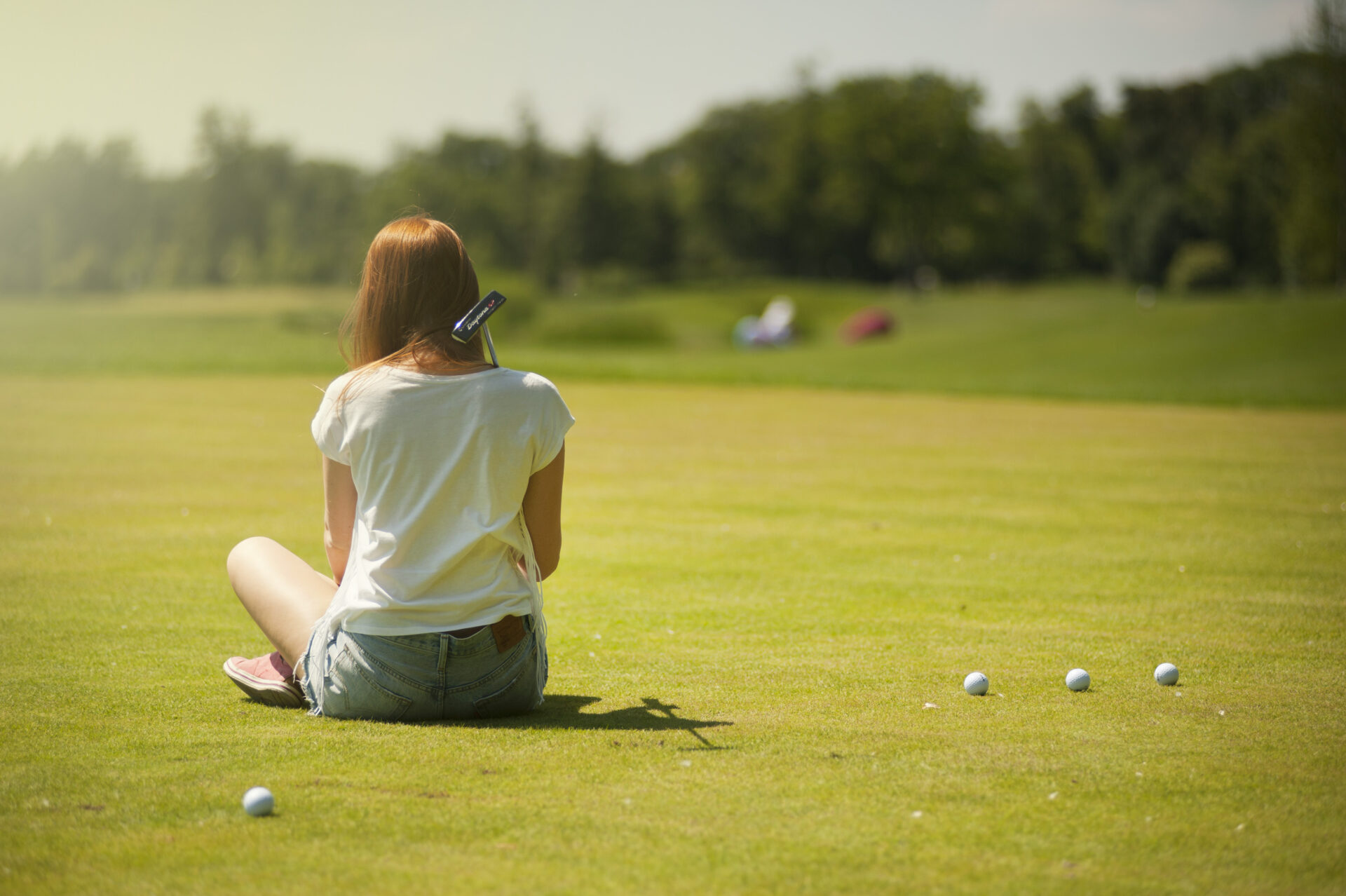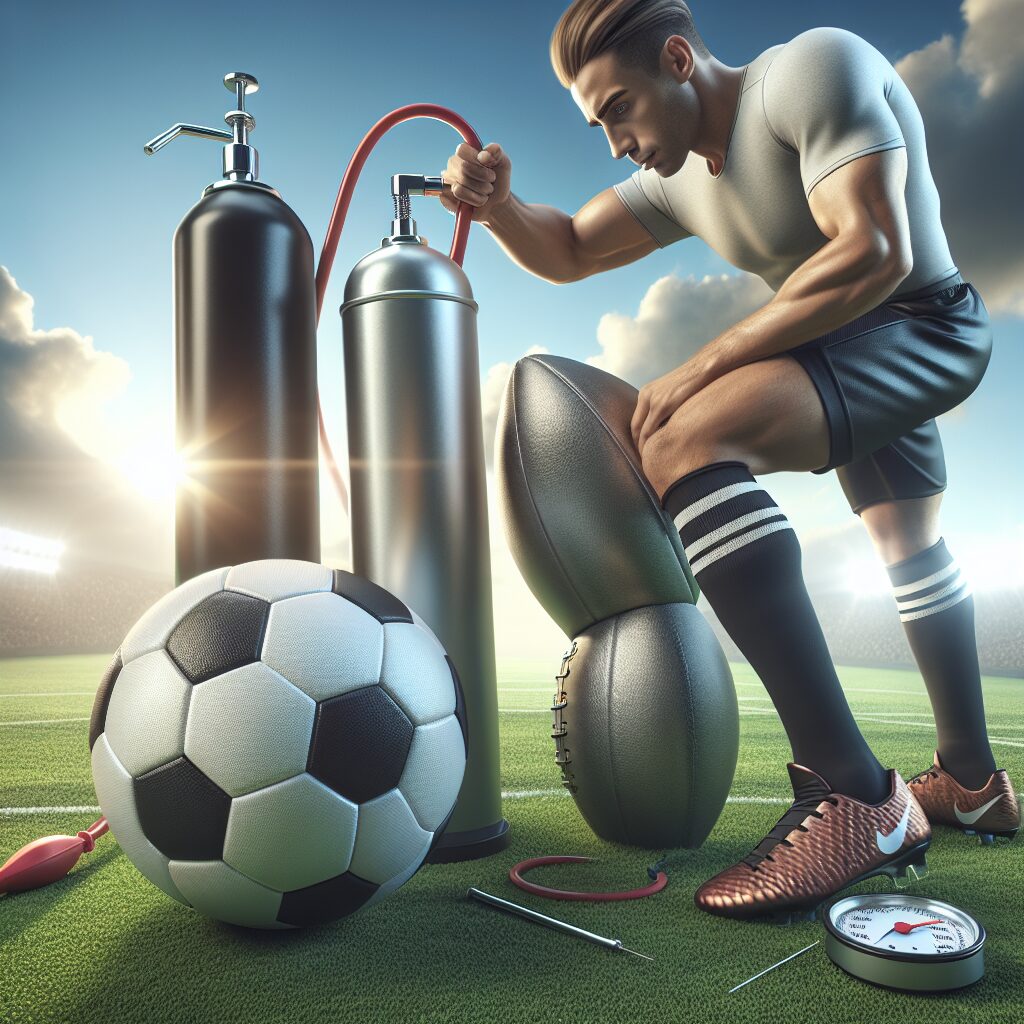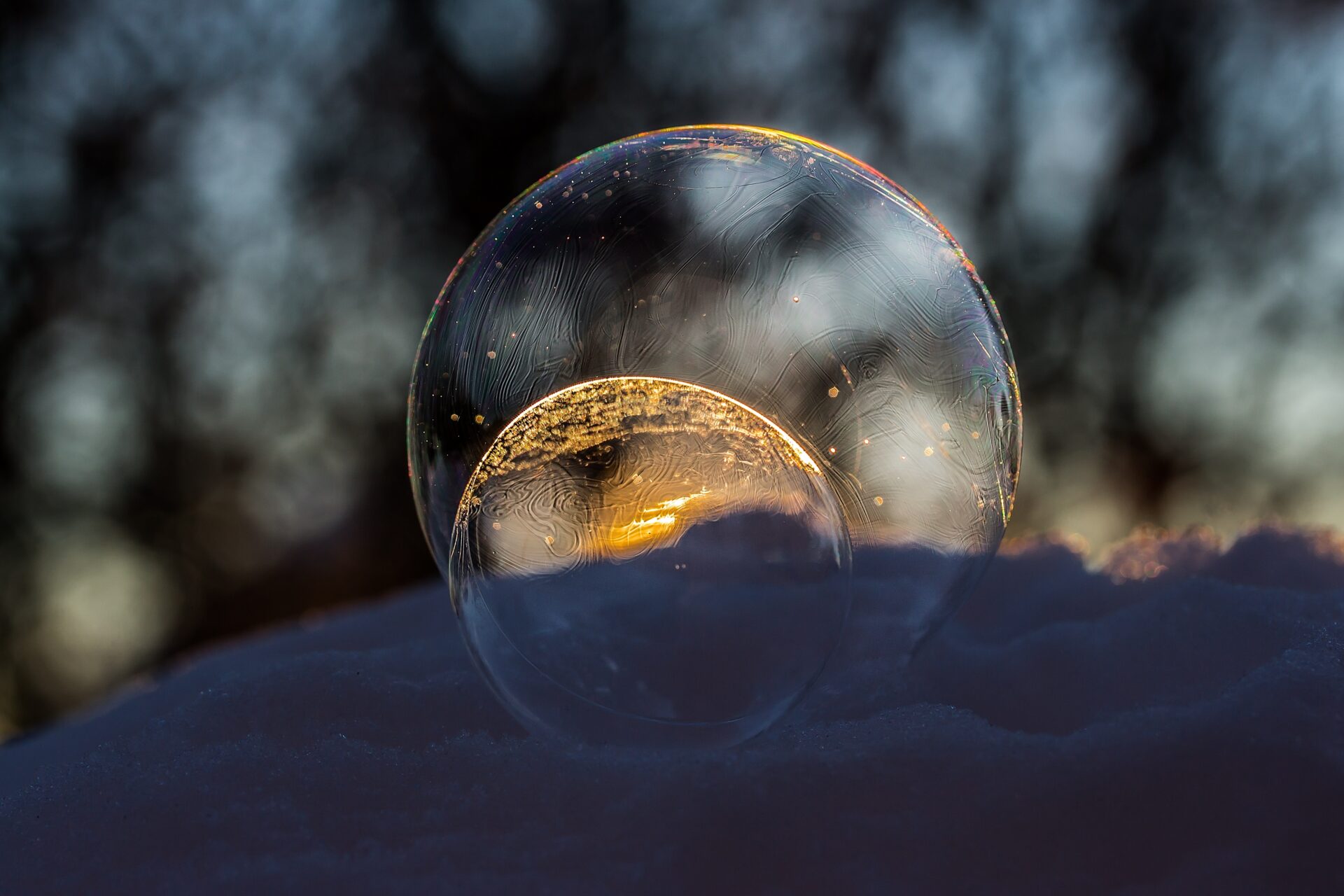Golf balls are an essential part of the game of golf. They can help you increase your accuracy, distance, and control on the course. But how long do golf balls last? In this article, we will explore the factors that determine a golf ball‘s lifespan and provide some tips for extending its longevity. Additionally, we will discuss when to replace your golf ball and how to choose the right ball for your game.The length of time a golf ball lasts depends on the type of ball and how often it is used. Generally, a golf ball will last for several rounds of golf, or up to 300 strokes, before needing to be replaced.
Factors Affecting Golf Ball Longevity
The longevity of a golf ball is determined by a variety of factors, including the quality of the ball, the environment in which it is used and the way it is handled. Quality golf balls are designed to last longer and perform better than cheaper alternatives. The environmental conditions in which a golf ball is used can also have an impact on its lifespan. Extreme temperatures, moisture, and dirt can all contribute to a diminished performance and life span of a golf ball. Proper handling and storage are also important for extending the life of the golf ball. Keeping them clean and dry will help them last longer and provide better performance on the course.
The type of material used in the construction of a golf ball also has an effect on its longevity. Golf balls made from synthetic materials are known to last longer than those made from natural rubber or other more traditional materials. Synthetic golf balls are generally more durable and less prone to damage, making them ideal for use in harsher environments or during periods of intense play. Additionally, they offer better control over flight paths due to their lower spin rates and greater consistency in their construction.
Finally, how often you play with your golf balls can also have an effect on their longevity. The more frequently you play with them, the more wear and tear they will experience over time. This will lead to decreased performance as well as reduced life span for your golf balls. It’s important to find a balance between playing enough to maintain your skill level while not overusing your equipment so that you can get the most out of it in terms of both lifespan and performance.
By taking all these factors into consideration, you can ensure that your golf balls remain in top condition for as long as possible and that you get maximum value from each round played on the course.
How to Prolong Golf Ball Lifespan
Golfers are always on the lookout for ways to improve their game, and the lifespan of their golf balls is an important factor to consider. Knowing how to prolong golf ball lifespan can help golfers save money in the long run and make sure they are playing with the best ball possible. Here are some tips for prolonging the lifespan of golf balls:
1. Clean your golf balls regularly. Dirt, dust, and debris can build up on your golf balls and impact their performance. A quick wipe down with a damp cloth or towel can help keep your balls clean and in top condition.
2. Store your golf balls properly. Make sure you store your golf balls in a cool, dry place away from direct sunlight. This will help prolong their lifespan and ensure they last as long as possible.
3. Avoid using scuffed or damaged balls. If you notice any signs of damage on your golf ball, such as scuffs, cracks, or nicks, it’s best to discard it rather than risk further damage that could affect its performance.
4. Use a tee on every shot. Tees are designed to protect the clubface from damage while also providing a consistent launch angle for each shot. Using a tee will help extend the life of your ball by ensuring it is hit consistently off the tee box.
5. Check for signs of wear after every round. After each round of play, check your ball for signs of wear such as scuffs or nicks that may have occurred during play. If you find any signs of wear, it’s best to replace the ball before it affects its performance.
By following these simple steps, you can prolong the lifespan of your golf balls and make sure you are getting maximum performance out of them during each round of play!
Types of Golf Balls
Golf balls come in various types and styles, each of which offers different benefits and challenges for the golfer. The most common type of golf ball is the two-piece ball, which is made up of a hard outer layer and a softer core. The two-piece ball typically has a greater distance off the tee, but it also has less control around the greens. The three-piece ball is slightly softer than the two-piece, with a harder outer layer and two cores that provide more spin and control, while sacrificing some distance off the tee. The four-piece ball is even softer than the three-piece, with multiple layers that create even more spin and control around the green.
Longevity
The longevity of a golf ball depends on several factors, such as how often it is used and how well it is cared for. Most golf balls can last up to two rounds of play without significant wear. But if they are used extensively or stored improperly, their life can be significantly shortened. To ensure maximum longevity out of your golf balls, make sure to store them properly in a cool, dry place away from direct sunlight or extreme temperatures. Additionally, always use clean clubs when hitting your golf balls to avoid damaging them.
The Laws of Physics and Golf Ball Durability
Golf balls are designed to withstand the forces of a golf club striking them, and the laws of physics play an important role in this. The higher the velocity a golf ball is struck with, the more force it must absorb in order to remain intact. This is why a golfer’s swing speed is so important – it determines how much force the golf ball must absorb. Additionally, the surface area of the golf ball and its ability to deform on impact also affects how much force it can absorb.
The materials that make up a golf ball are also important components in its durability. Golf balls are typically made from a combination of synthetic rubber, plastic, and metal, which can all have an effect on how much force is absorbed by the ball. In addition, some golf balls are designed to be more durable than others depending on their intended use. For example, some tour-level golf balls have thicker covers that make them more resilient to impact forces than recreational-level golf balls.
Finally, environmental factors can also affect how durable a golf ball is. Hot or humid weather can cause a golf ball’s cover to soften over time, which reduces its durability and affects performance. On the other hand, cold weather can cause a golf ball’s cover to harden over time, increasing its durability but potentially reducing spin rates on shots.
In conclusion, understanding the laws of physics as they relate to a golf ball’s durability is essential for any golfer looking to maximize their performance on the course. By taking into account things like swing speed, material composition, and environmental factors when selecting a golf ball, you can ensure that you have one that will work for you no matter what conditions you’re playing in.

Quality vs. Quantity: Which Golf Ball Lasts Longer?
When it comes to golf balls, there is an ongoing debate between quality and quantity. Some golfers prefer to purchase higher-quality golf balls that last longer but cost more, while others would rather buy a large quantity of lower-quality golf balls that are less expensive. So which option should you choose?
The truth is that the answer depends on several factors, such as your budget and how often you play. Generally speaking, higher-quality golf balls are designed to last longer than their lower-quality counterparts, so if you play golf frequently and want your ball to last for multiple rounds, then investing in a higher-quality ball may be the best choice for you. Higher-end golf balls also offer improved performance features such as increased spin and accuracy that can help your game.
On the other hand, if you’re on a budget or don’t play as often, then buying a large quantity of lower-quality golf balls may be a better option for you. Lower-end golf balls will still get the job done and may even last several rounds if they’re well cared for. Plus, with more balls at your disposal, you won’t have to worry about searching the rough or water hazards for lost ones as often.
Ultimately, it comes down to finding what works best for your individual needs and preferences. Both options have their advantages and disadvantages when it comes to longevity and value for money. It’s important to take all these factors into consideration when deciding which type of ball is right for you.
Compression Ratings and Golf Ball Durability
Golf ball compression ratings are a measure of how hard or soft a golf ball is. The rating is based on the amount of force needed to compress the ball. A higher compression rating indicates that the golf ball is harder, while a lower rating indicates that the golf ball is softer. The ratings range from 1-200, with 1 being the softest and 200 being the hardest. The type of golf ball you choose will depend on your personal preference, as well as your playing style and skill level.
When it comes to durability, golf balls with higher compression ratings tend to be more durable than those with lower ratings. This is due to their ability to retain their shape after being struck by a club. Higher compression golf balls are more resistant to deformation, which means they can last longer before needing to be replaced. Lower compression golf balls are more prone to deformation after impact, meaning they may need to be replaced more frequently.
In addition, higher compression balls tend to have a higher spin rate when struck by a club. This means that they can travel farther and straighter than lower compression balls when hit with enough power. However, this increased spin rate also causes them to be less forgiving when mis-hit or struck incorrectly.
Overall, when considering both compression ratings and durability, it’s important to choose a golf ball that suits your playing style and skill level. Higher compression balls are typically more durable and offer increased spin rates for greater accuracy and distance, but may require more precise shots for optimal performance. Lower compression balls tend to be softer and easier to control but may not last as long before needing replacement.
Impact of Environment on Golf Ball Lifespan
Golf balls are designed to be used in different environmental conditions. While the materials inside a golf ball can vary, the exterior is usually made of a durable, synthetic rubber cover. This allows the golf ball to withstand different temperatures and moisture levels without breaking down. However, it’s important to understand that different environmental factors can have an effect on a golf ball’s lifespan.
Temperature is one of the most important factors that will affect a golf ball’s lifespan. If temperatures are too hot, the rubber cover may start to become brittle and crack more easily with each hit. In addition, heat can cause the air pressure inside the ball to increase, resulting in decreased performance. On the other hand, if temperatures are too cold, it can cause the rubber cover to harden and reduce flexibility. This may also lead to decreased distance when hit.
Humidity is another factor that can affect a golf ball’s lifespan. If there is too much humidity in the air, it can cause condensation inside the golf balls and reduce their performance. On the other hand, if there is too little humidity in the air it could cause evaporation from inside of the golf balls which will also reduce their performance.
Finally, UV rays from sunlight can also have an effect on a golf ball’s lifespan. Too much exposure to sunlight can cause fading and cracking of its rubber cover over time which will decrease its durability and performance when hit. To minimize this effect, it’s important to store your golf balls in a cool dry place away from direct sunlight when not in use.
In conclusion, environmental factors such as temperature, humidity and UV rays from sunlight can all have an impact on how long your golf ball will last before needing replaced. It’s important to take these into consideration when selecting what type of golf ball you want to use for your game as well as where you store them when not in use.

Conclusion
Golf balls can last a long time depending on how they are used and stored. The average golfer should expect to get at least a few rounds of play out of each ball, but if they are properly cared for, they can last even longer. Modern golf balls are made of durable materials that don’t easily break down with normal use. Additionally, there are certain techniques that golfers can use to make sure their golf balls last as long as possible.
Using the right type of ball for one’s game is also important. Golfers with higher swing speeds will benefit from harder golf balls, while those with slower swing speeds may have better luck with softer golf balls that provide more spin and control. Regardless of the type of ball chosen, proper care and storage will ensure that the ball lasts as long as possible.
In conclusion, golf balls can last a long time if they are used and stored properly. There are various factors to consider when it comes to how long a golf ball will last including the type of material it is made from and how it is stored when not in use. With the right approach, golfers should be able to get plenty of life out of their balls before needing to buy new ones.




